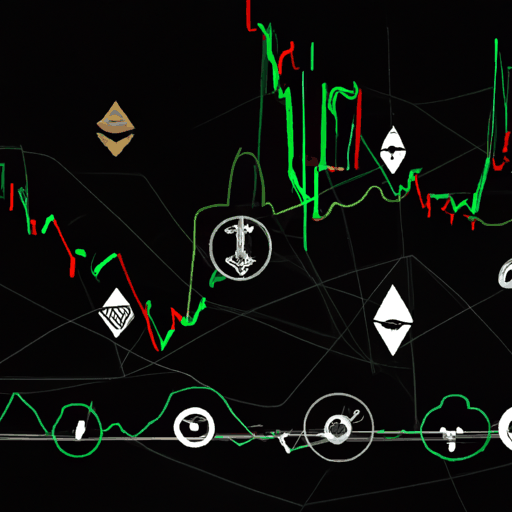
Bitcoin's Price Consolidation Continues Amid Macro Uncertainty
By: Eliza Bennet
Bitcoin's current position in the market is marked by caution and a potential for significant moves, hanging on precariously over key support levels. Analysts from Bitfinex have pointed out that Bitcoin remains vulnerable to further declines if it fails to sustain a position above $102,000. This threshold is deemed critical for any potential upward trajectory, especially amidst macroeconomic uncertainties and geopolitical tensions involving Israel and Iran. The market’s resilience in maintaining these levels could indicate an effective absorption of selling pressures, presenting both risks and opportunities for investors.
As Bitcoin oscillates below its recent all-time high of over $111,000, it has been subjected to consolidation within a narrow range. This price range signifies an ongoing transition phase in the market. The IBCI (Index Bitcoin Cycle Indicators), a tool employed by on-chain analysts like Gaah from CryptoQuant, provides insights into these dynamics. Recently, the IBCI indicated a shift from the 'distribution region' upon hitting highs earlier, to stabilizing near the 50% mark, signaling the prospect of a significant trend change. This mid-range stabilization could herald the conclusion of current pullbacks and potentially lead to the initiation of a new bullish phase, contingent on robust supportive metrics.
The market's tone is further emphasized by subdued trading volumes across centralized exchanges, indicating a stall in retail interest despite Bitcoin trading at historically high levels. The rise in popularity of Bitcoin ETFs has diverted a portion of this trading volume, suggesting more sustained activity from institutional investors than from retail traders. However, a surge in trading activity driven by renewed retail engagement could tip the market towards a new significant move, reflecting a matured cycle.
In summary, Bitcoin stands at a pivotal point where its next moves are critically dependent on maintaining key price levels and sustained market momentum. The participation dynamics, dominated largely by long-term holders and institutional players, along with underlying geopolitical and economic factors, could determine the cryptocurrency's trajectory over the coming months.



